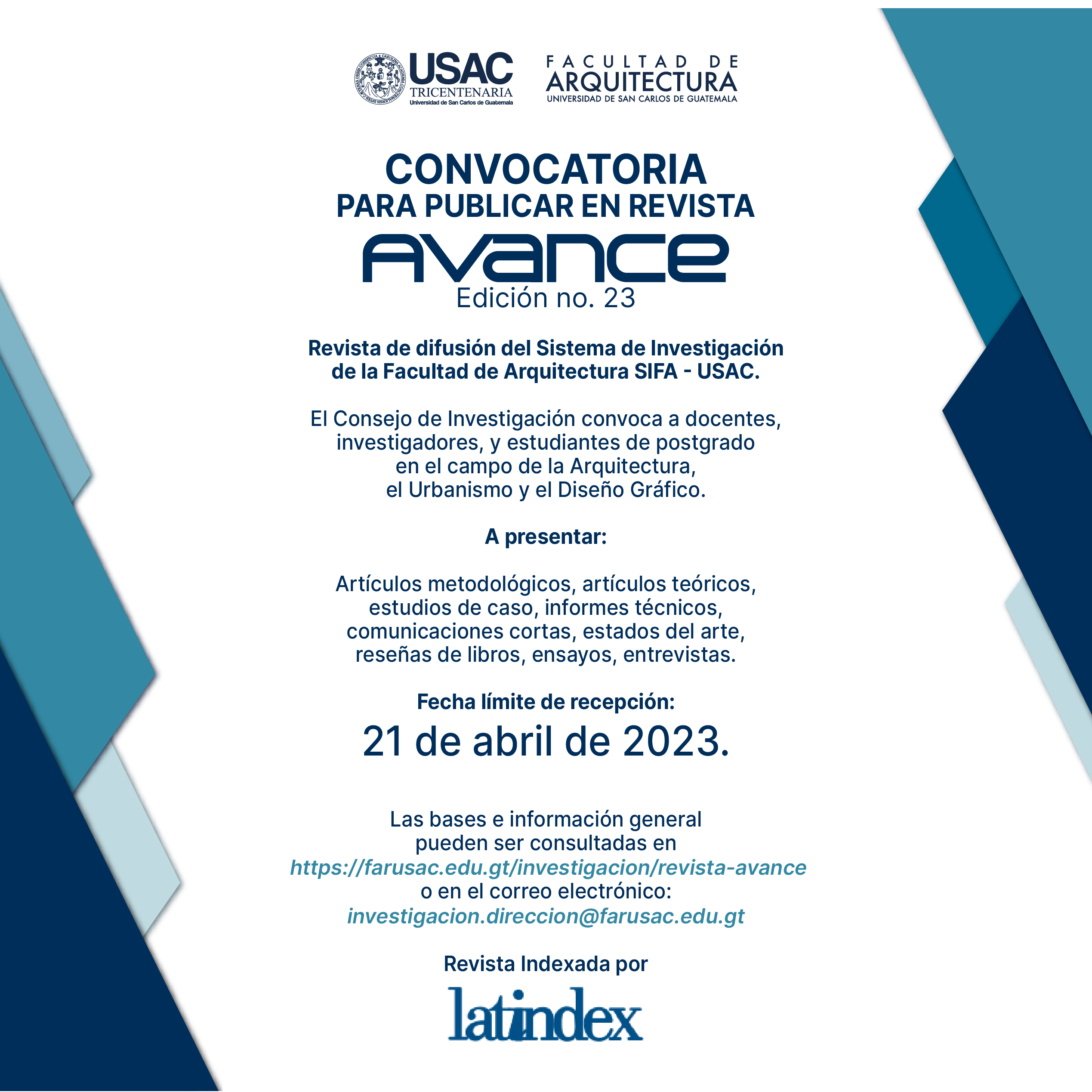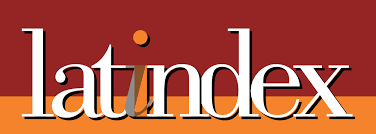Shared Pre-Hispanic Architectural Elements
Keywords:
pre-hispanic constructed spaces solutions, reflections and similaritiesAbstract
Ever since human beings began to organize as groups, they have adapted and modified their environment, giving symbolic and magical meaning to their constructed
spaces. There are very concrete similarities between pre-Hispanic Mayan culture and
the subsequent culture imposed by the Europeans. Without having influenced one
another, their architectural sense and solutions are nevertheless alike. As of the first registered pre-Hispanic building recorded by a European trained architect, a controversy arose in relation to pre-Hispanic constructed spaces. While some authors were
consistent with their observations and attempted to describe what they saw, others distorted reality by favoring trendy theories about the exotic influences of lost cities in western culture. In this study we used the method designed by two Austrian architects, adapting their model to the northern Petén region. The study’s objective was to compare Mayan pre-Hispanic architectural elements using five levels of analysis, and to relate these results with other local cultural time periods, establishing the differences and similarities among constructed spaces and solutions in Guatemala, ultimately motivating us to reflect on human behavior over time.
Downloads

Downloads
Published
How to Cite
Issue
Section
License
Copyright (c) 2021 Oscar Quintana Samayoa

This work is licensed under a Creative Commons Attribution-NonCommercial-ShareAlike 4.0 International License.












